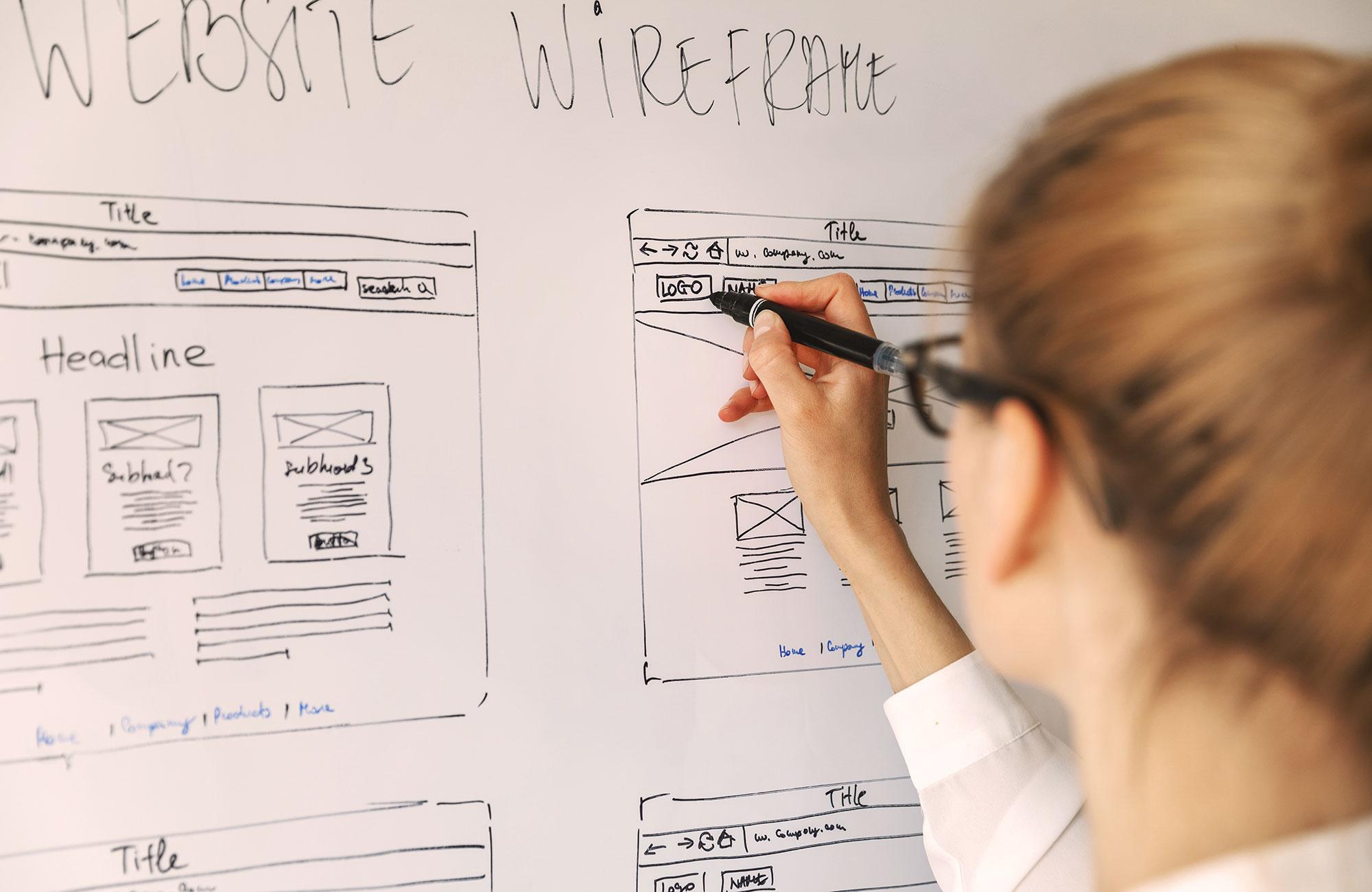
Let’s get started with an example: an online payment app. This scenario is real, and for more than a year I’ve been running into the same obstacle time and again when I want to make a cashless payment. Whether in the supermarket or in the gym, I experience a rude awakening each time I want to pay: no network, no wireless signal. No possibility of paying with this app.
A “trivial” problem results in poor user experience
I often encounter this problem. In this specific situation, at the supermarket I was asked to step outside the store for a moment or hold my cell phone out the window to boot up the app. In a swimming pool, a man waiting in line behind me put a hotspot through the archway of the hall from his cell phone for me. Elsewhere, a saleswoman once offered me access to the store’s own Wi-Fi. This means that people in the markets are well aware of their location’s problem and every day have to deal with frustrated customers who would like to make a cashless payment – but cannot. That’s because the physical prerequisites are lacking.
Top tips for an excellent user experience
The cause of the problem in these examples is what is known as the Faraday cage. Formed by a continuous covering of a conductive material, the Faraday cage shields against electromagnetic radiation. Examples are cars or most buildings, which for example are made of steel and concrete – a mixture that blocks electromagnetic fields. No such radiation, no wireless signal, no online payment. In my opinion, although it is commendable that businesses are tackling digitalization – in this case, contactless and cashless payment – the whole thing has not been fully thought through. It still doesn’t work in the store because of something as basic as this physical property, which is a perfectly logical consequence.
An interim solution until an adapted application is available? Access to free WiFi. Sometimes the solution is not so complicated. The internet has long since broken through the boundaries of screens and is everywhere. Now all we need to do is provide the basic physical requirements for an interactive world.
Understanding the requirements for digital solutions in terms of User Experience
As long as these basic requirements are not met, however, the actual reason (and thus the desired added value) why this app was implemented in the supermarket in the first place falls by the wayside: customers want to pay quickly and without cash. But they cannot. And so the project has failed, even and agile sprints won´t solve this problem.
Digital solutions that focus on the customer (experience)
At Mimacom we are familiar with this challenge from our own customers and projects. An administrator with a fixed budget is often managing the project. Their priority is to ensure the project is completed by a certain date and within a certain budget. A look at the big picture is missing. And, usually, the perspective of the users in the desired target group as well.
Understanding and accepting that any solution, including digitalization, is ultimately about people rather than technology is key. The question of the users and their relationship to the product or service is what really matters. The quality of the UX, the user experience, is thus measured by the (dis)satisfaction of users.
UX and human-centered design for intuitive digitalization solutions
The entire product development process is referred to as ‘user experience architecture’. The interface between human and machine, product, or device constitutes the starting point. The goal is to provide the user with the most lasting (product handling) experience possible.
This is best achieved through human-centered design, which involves several aspects. The priority is observing how people behave as users. Service designers look at the entire service chain and put themselves in the target group’s shoes: What do users want, and how does it fit into the overall process? Once target groups and priority users have been defined, they are given access to systems and programs. User acceptance tests provide immediate information about (in)accessibility. We often experience that most product ideas already fail to clear this hurdle. The belief in the ingeniousness of one’s own product all too often results in the assumption that no tests are needed.
However, as with mountaineering, with product development you first reach the milestone of accessibility and only then set off for the other intermediate stages.
Human-centered design is about solving the customer’s problem rather than that of the business
What does an approach based on human-centered design look like?
Understand the context: Before developing or selecting the application, you should understand what the users need. This means you must at least talk to them. The best thing is to observe their reaction to the product as you develop it. What is the current solution? What sort of problems and barriers arise? What are their requests regarding the application? The better you understand your customers’ context, the more efficiently you can elaborate the target state.
Define the specifications: Budget and time constraints are of course also relevant. They can be defined and optimized along with the requirements of the users. Important: Content and substance take priority over budget and time constraints.
Work out solutions: Once the first two points are clear, you can start the actual development phase.
Test, test, test: The application should be subject to extensive testing, time and again. This sounds more laborious than it really is, as five to ten test users generally suffice. You should nevertheless collect a brief feedback for each major stage of development.
If you take these aspects into account, you will notice that the business goal you set is automatically achieved thanks to your new approach to work. Although the details and methods are tailored to suit each individual user, the process flow always remains the same. The advantages that result from this approach are obvious.
Advantages of human-centered design
Better than the competition: Human-centered design allows you to respond to user needs better than competitors with ready-made solutions.
Improved productivity: Quick feedback allows you to work in a more target-oriented manner.
Better understanding: The user-centered process helps you develop intuitive applications that require no special explanations.
Satisfied customers: Excellent user experience becomes feasible.
Back to our example of the cashless payment app. A single test user would have sufficed in this case to determine that the application does not work due to the physical prerequisites. Human-centered design therefore helps to forsee such challenges and solve them in advance to create solutions that not only look nice and use latest technology but also serve the customer in the best possible manner.

Stefan Barac
Located in Zurich, Switzerland, Stefan is our Head of Design. He is focuses on strategic design and UX. In projects involving strategies, services and products he leverages sustainability and accessibility.